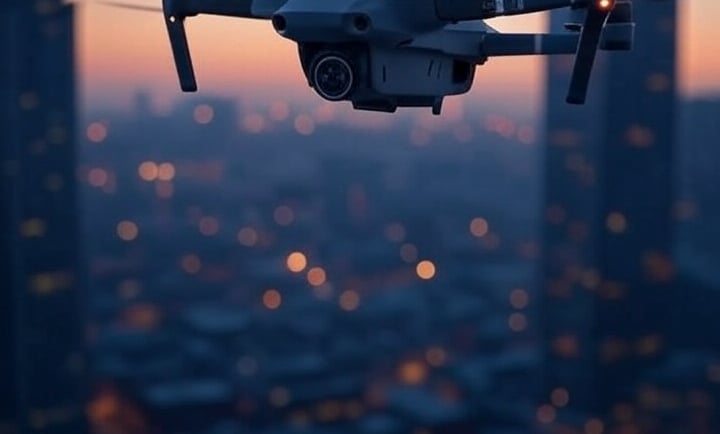Drone regulation worldwide - balancing innovation with safety, privacy, and airspace control
5/28/20251 min read


With drones becoming increasingly common in everything from photography to delivery services, governments around the world are scrambling to put clear regulations in place. Various regions are tackling the challenge of balancing innovation with safety, privacy, and airspace control.
In the U.S., the FAA has a fairly robust system. Drones over 250 grams need to be registered, and recreational flyers must keep drones within visual line-of-sight and under 400 feet. Commercial use falls under Part 107, which comes with stricter rules—like not flying over people or at night without a waiver. Remote ID is also now a thing, meaning drones must transmit their identity and location during flight.
Europe, through EASA, has taken a structured risk-based approach. There are three categories: Open (low risk, no prior approval needed), Specific (medium risk, needs authorization or a declaration), and Certified (high risk, like large drones or those carrying passengers). Drone registration and pilot competency tests are required for anything over 250 grams.
Globally, countries are trying to encourage innovation while maintaining public safety. Common concerns include illegal surveillance, breaches of restricted airspace, and lack of legal clarity. As tech like beyond visual line of sight (BVLOS) and geofencing become more widespread, regulators are under pressure to keep up.
Bottom line: drone regulation is evolving quickly. Governments need to stay agile and forward-thinking to manage the risks without stifling progress.
source: www.azorobotics.com